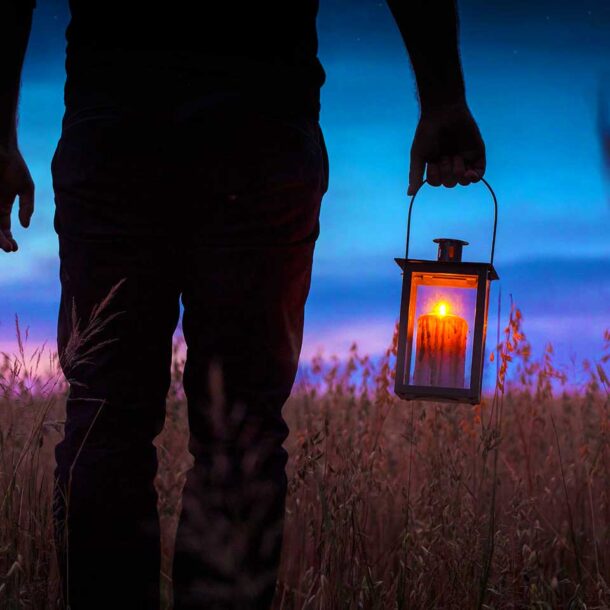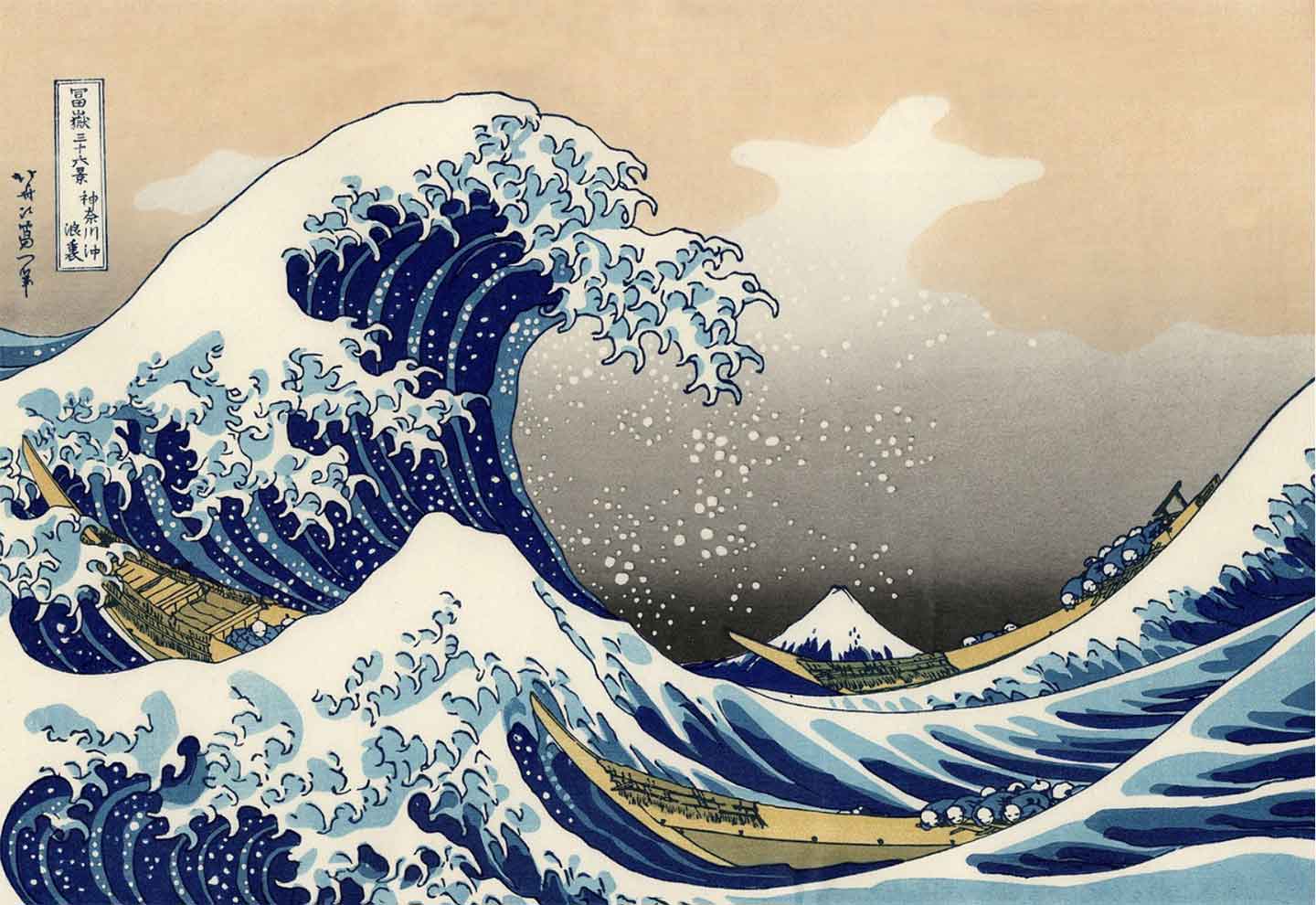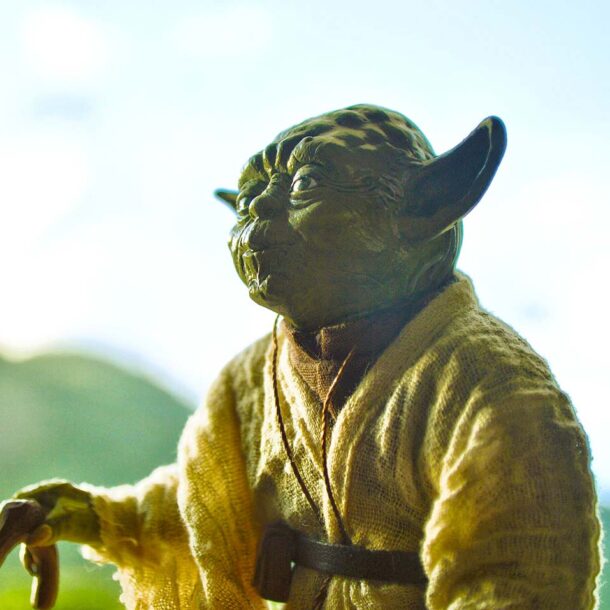
New Audio Experience: Awaken Your Soul and Remember Who You Are
Katsushika Hokusai (1760–1849) is one of the most influential and creative minds in the history of Japanese art. He was a Japanese artist, painter, and printmaker, best known for his images of landscapes and the natural world experienced around him in Japan.
Roger Keyes, an art historian, and scholar of East Asian Studies sought to capture his appreciation for Hokusai’s work in this poem, ‘Hokusai Says.’
Hokusai says look carefully.
He says pay attention, notice.
He says keep looking, stay curious.
He says there is no end to seeing.
He says look forward to getting old.
He says keep changing,
you just get more who you really are.
He says get stuck, accept it, repeat
yourself as long as it is interesting.
He says keep doing what you love.He says keep praying.
He says every one of us is a child,
every one of us is ancient
every one of us has a body.
He says every one of us is frightened.
He says every one of us has to find
a way to live with fear.
He says everything is alive —
shells, buildings, people, fish,
mountains, trees, wood is alive.
Water is alive.
Everything has its own life.Everything lives inside us.
He says live with the world inside you.
He says it doesn’t matter if you draw,
or write books. It doesn’t matter
if you saw wood, or catch fish.
It doesn’t matter if you sit at home
and stare at the ants on your veranda
or the shadows of the trees
and grasses in your garden.
It matters that you care.
It matters that you feel.It matters that you notice.
It matters that life lives through you.
Contentment is life living through you.
Joy is life living through you.
Satisfaction and strength
is life living through you.
He says don’t be afraid.
Don’t be afraid.
Love, feel, let life take you by the hand.Let life live through you.
—’Hokusai Says’ by Roger Keyes
‘Hokusai Says’ has been described as a translation of visual art to the written word.
Throughout the poem, Keyes is telling us what “Hokusai says” which I imagine refers to the intuitive messages he perceives in Hokusai’s paintings.
As the story goes, while on his deathbed in 1849, Hokusai said to those around him that he wished he could live another ten years. He paused and continued: “If I had another five years, even, I could have become a real painter.”
I find that to be a fascinating nuance to the poem’s message. If you examine Keyes’s words closely, you can see some symbolic connection to Hokusai’s last few dying words. (“Repeat yourself as long as it is interesting…keep doing what you love.”)
Whatever inspired Keyes to write this poem, he has given us a beautiful philosophy and affirmation for life. Essentially, the poem is about mindful living and presence, which is why it is commonly featured in various mindfulness and meditation programs.
We can also view the poem as a metaphor for the spiritual path. As spiritual beings, we are here on earth in physical form for only one reason: to fully experience the gift of this life and everything it entails. This includes pain, sickness, growing old, and death. With that gift, we must be willing to trust life itself and its constant unfoldment.
Most of all, the poem’s overall message is of urgency and conviction to never stop living and becoming more awake for life. Keyes is imploring us to hold life with unconditional love, surrender to it, and treat it with reverence.
His message comes to an uplifting crescendo hitting you straight in the heart in its final few lines where he says:
Don’t be afraid.
Love, feel, let life take you by the hand.
Let life live through you.
You might also like:
Join the tribe of Conscious Creators!
Walking the spiritual path?
Sign up for the You Are A Conscious Creator Newsletter which curates hand-picked wisdom and insights for living a more conscious and meaningful life.



